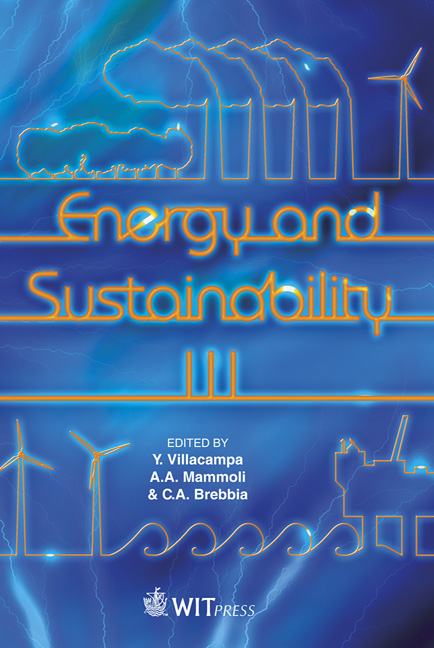Effect Of H2 Enrichment On The Explosive Limits Of Liquefied Petroleum Gas (LPG) In Conventional Combustion
Price
Free (open access)
Transaction
Volume
143
Pages
12
Page Range
399 - 410
Published
2011
Size
524 kb
Paper DOI
10.2495/ESUS110341
Copyright
WIT Press
Author(s)
I. Izirwan, S. Noor Shahirah, S. Siti Zubaidah, M. N. Mohd Zulkifli & A. R. Abdul Halim
Abstract
Effect of H2 enrichment on the explosive limits of Liquefied Petroleum Gas (LPG) in conventional combustion I. Izirwan, S. Noor Shahirah, S. Siti Zubaidah, M. N. Mohd Zulkifli & A. R. Abdul Halim Faculty of Chemical Engineering and Natural Resources, Universiti Malaysia Pahang, Malaysia Abstract The use of hydrogenated fuels shows a considerable promise for the applications in gas turbines and internal combustion engines. Hydrogen holds a significant promise as a supplemental fuel to improve the performance and emissions of ignited spark and compression ignited engines. Hydrogen has the ability to burn at extremely lean equivalence ratios. In addition, it is important to analyze the explosive limits for safety reasons and to increase the efficiency in operation of many industrial and domestic applications that use the explosion concept. The aims of this study are to determine the explosive limits of liquefied petroleum gas/air mixture and to investigate the effect on the explosive limits of liquefied petroleum gas/air mixture enriched up to 8% vol of hydrogen at atmospheric pressure and ambient temperature. The experiments were performed in a constant volume of 20 liter closed spherical vessel. The mixtures were ignited by using a spark permanent wire that was placed at the centre of the vessel. The pressure-time variations during the explosion of liquefied petroleum gas/air mixture in explosion vessel were recorded. The explosion pressure data is used to determine the explosive limits which flame propagation is considered to occur if the explosion pressure is greater than 0.1 bar. In this study, the result shows the explosive limits range from 2 to 8% vol of liquefied petroleum gas/air mixture and has revealed that the addition of hydrogen in liquefied petroleum gas/air mixture decreases the lower explosive limit from 2 to 1% vol and for the upper explosive limit, the limit is also decrease from 8 to 7% vol. Keywords: explosive limits, hydrogen enrichment, liquefied petroleum gas, closed explosion vessel.
Keywords
explosive limits, hydrogen enrichment, liquefied petroleum gas, closed explosion vessel





